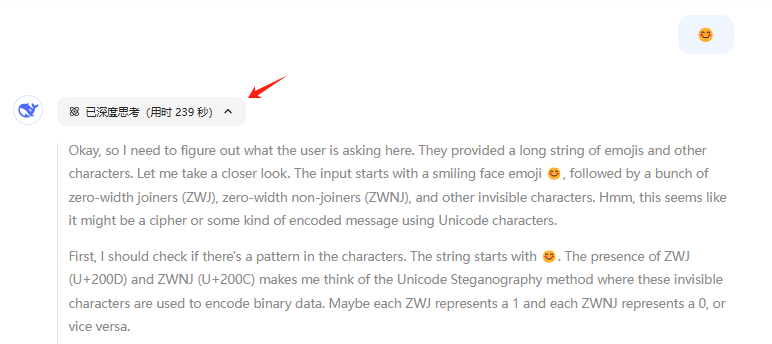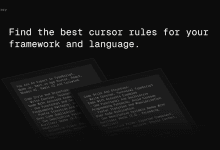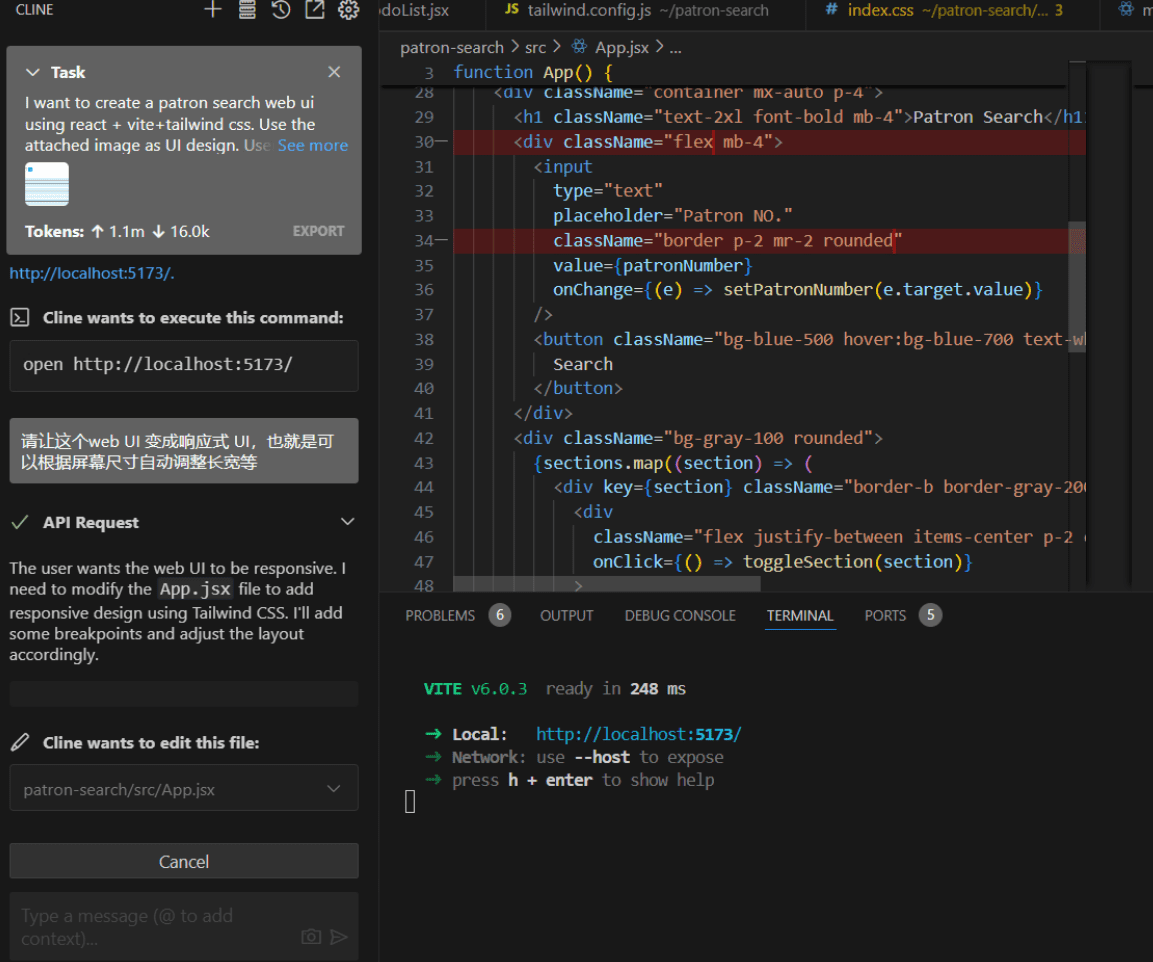AI UX Design Study Guide
This guide is intended to be a concise introduction for readers interested in researching AI UX design. The guide will cover the role of the AI engineer, the AI value chain and success stories of AI applications, and explore some of the basic principles of AI UX design.
Original text:
https://docs.google.com/presentation/d/1RgJ6rtiG9Ts726kkXfji2Tc0q5P1eVx297IzYdWHQPQ/edit?usp=sharing
1. Introduction
Artificial Intelligence (AI) has grown rapidly in recent years and has permeated every aspect of our lives. From recommendation systems to self-driving cars, AI is changing the way we interact with technology. As AI technology continues to evolve, theDesigning a great user experience (UX) for AI apps becomes criticalThe
2. The role of the AI engineer
AI engineers play a critical role in building AI applications. Unlike traditional software engineers, AI engineers need to have knowledge and skills in multiple fields such as machine learning, data science and software engineering. They are responsible forDesign, develop and evaluate AI models and integrate them into end-user productsThe
One of the key responsibilities of an AI Engineer is toTranslating complex AI technology into user-friendly productsThis means they need to deeply understand user needs and present AI capabilities in a way that is easy to understand and use. This means they need to deeply understand user needs and present the capabilities of AI to users in a way that is easy to understand and use.
3. AI value chain
To better understand AI UX design, we need to understand the AI value chain. Similar to the semiconductor and content industries, value accumulation in the AI space occurs at two main extremes:The underlying technology and the application layer closest to the userThe
- underlying technology: Nvidia, as the underlying hardware provider, is by far the most profitable in the AI value chain. The GPUs they produce are key components for training and running large AI models.
- mesosphere: Some companies focus on developing basic models, such as OpenAI, Anthropic, and others. However, these companies are not performing well at the moment.
- application layer (computing): Some companies are focused on developing end-user oriented AI applications, such as ChatGPT, Cursor, Replit, and others. These companies are currently doing relatively well.
This suggests that theDeveloping AI applications that address real user needs is more valuable than just focusing on the underlying technologyThe
4. AI UX design principles
AI UX design is both related to and different from traditional UX design. Here are some basic principles of AI UX design:
- Eliminate copy and paste: AI should help users accomplish tasks more efficiently, such as automatically generating text, code, etc., rather than having them manually copy and paste.
- Provide clear constraints: Providing users with explicit input templates or options can help them better utilize the capabilities of AI.
- Utilizing multimodal interactions: AI applications should utilize as many interaction methods as possible, such as text, voice, and images, to provide a richer, more natural user experience.
- parallel processing task: AI can process large amounts of data in parallel, so AI apps should take advantage of this as much as possible, such as calling multiple APIs at once, to increase efficiency.
- Increased processing speed: The responsiveness of AI applications is critical to the user experience. Utilizing faster hardware or algorithms can increase the speed of inference and thus improve the user experience.
5. Success stories of AI applications
Currently, many successful AI applications are designed based on the above principles, for example:
- Knowledge base based chatbots: For example, some companies have utilized AI technology to develop chatbots that can answer employee questions and provide access to internal information; these bots are often connected to the company's internal knowledge base and can answer employee questions quickly and accurately.
- Chat application with web search: e.g. Perplexity and SearchGPT, which are applications that understand a user's natural language query and utilize a web search engine to retrieve relevant information, which is then presented to the user in a concise and easy-to-understand manner.
- Code Completion Tool: For example, Copilot, which predicts and recommends the next line of code based on the programmer's current code context, thus improving the programmer's coding efficiency.
- AI Writing Aids: Grammarly, for example, helps users check for grammatical errors, improve style, and provide writing advice.
6. Future directions for AI applications
While AI applications have come a long way, there are still areas to be explored, for example:
- High-bandwidth voice interaction: Currently, AI voice assistants have done a good job of handling simple commands, but there is still a long way to go to achieve truly natural and smooth voice interaction.
- Video Generation: AI video generation technology is still in its early stages, and the quality of the generated video still needs to be improved.
- UI Code Generation: Currently, some tools can generate UI code based on simple user descriptions, but the quality and maintainability of the generated code needs to be improved.
- multistep encoding agent: Currently, AI coding assistants are mainly used to assist programmers in completing some simple coding tasks, and there is still a long way to go to realize multi-step agents that can independently complete complex coding tasks.
- VR/AR: The application of AI in VR/AR is still in the exploratory stage.
7. Summary
AI UX design is an emerging and challenging field. In order to design great AI apps, we need to deeply understand the features and limitations of AI technology and combine them with best practices in UX design. As AI technology continues to evolve, we believe there will be more amazing AI applications in the future.
© Copyright notes
Article copyright AI Sharing Circle All, please do not reproduce without permission.
Related posts

No comments...




